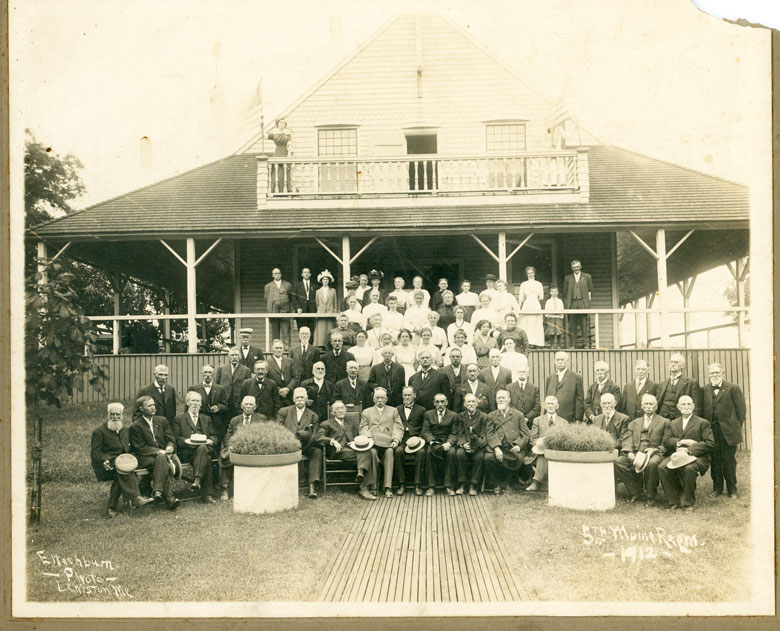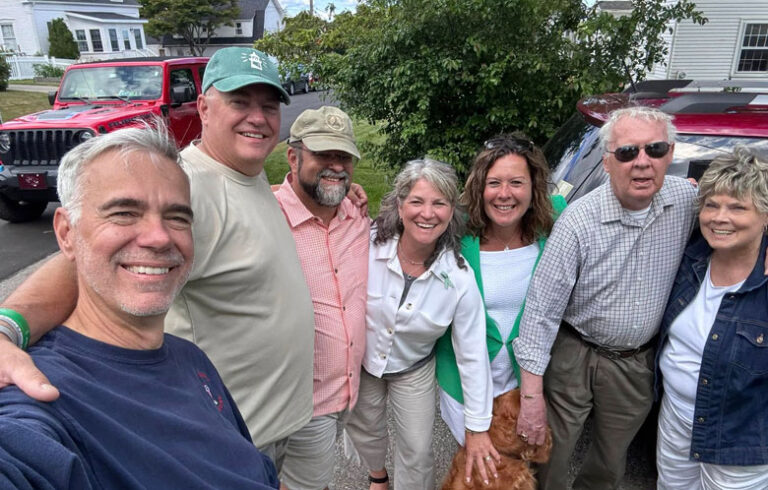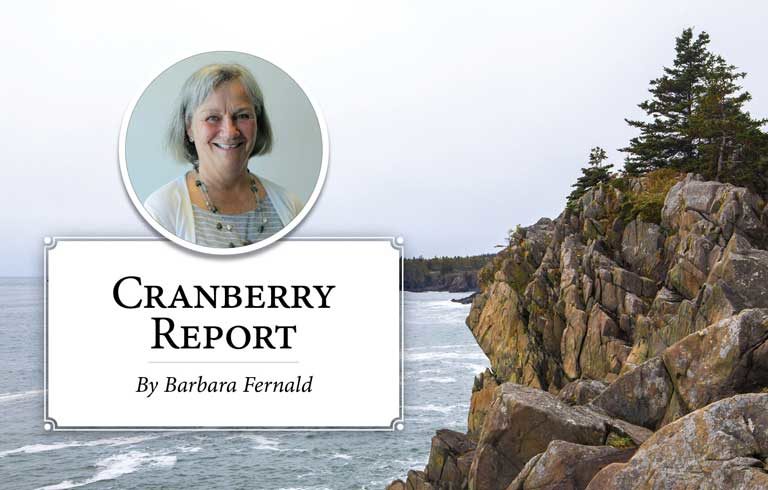A visitor to Peaks Island can’t avoid being reminded of war. Among the many fortifications built on the Casco Bay island during World War II is a concrete behemoth that once housed two 16-inch guns capable of firing shells almost 30 miles out to sea.
But if you visit, take a short stroll to the south of the ferry landing to learn about another war and how the men who fought it grieved, healed, reminisced, and reconnected to family.
The Fifth Maine Museum not only is a historic landmark itself, but it houses significant relics of the Civil War and it tells the story of the men from across Maine who answered the call to defeat the southern secession.
And if that weren’t enough, the museum’s second floor showcases exhibits that tell the island’s story, from the days it was dubbed “the Coney Island of Maine” through today’s status as a vibrant Portland neighborhood, albeit one surrounded by water, and a lively summer colony.
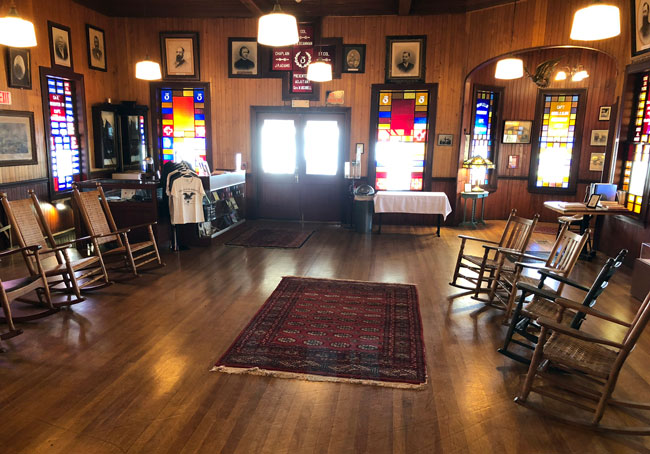
And one more attribute to recommend the Fifth Maine Museum—its shorefront setting, gardens, and views welcome passersby for free, and a lower level and porch are available to rent for weddings and other gatherings.
But a visitor’s response to the museum is, more than anything, a solemn reflection.
Jane Banquer and Ian Stevenson, museum board members, and Holly Hurd-Forsyth, the museum’s curator, led a tour and shared the history.
Throughout the war began, the federal government established troop quotas for each state. Ultimately, about 75,000 Maine men volunteered for the effort. The state militia was mustered for the conflict, but other regiments—comprising about 1,000 men—were also raised.
The 5th Maine Infantry, which drew heavily from the Greater Portland area, took the nickname the Forest City Regiment to honor its geographic origin.
The men—most 17-20 years old—traveled by train to Boston and eventually joined the Army of the Potomac. For many, says Hurd-Forsyth, it was their first foray out of Maine.
Green though they may have been, the war was a baptism in fire. The Fifth Maine fought at the second battle at Bull Run, Antietam, Gettysburg, Rappahannock Station, Fredericksburg, Spotsylvania Court House, and others.
The Fifth captured not one, but five Confederate flags, a feat that was a source of great pride, and never lost their own.
“Most regiments never captured a single flag,” Hurd-Forsyth says.
Stevenson, more than a casual supporter, is steeped in this history.
“I wrote my dissertation on places like this,” he explains, buildings where veterans of the bloody Civil War gathered.
Though he lives on the island, Stevenson teaches at Boston University.
The Fifth Maine built the Queen Anne, Shingle-style hall in 1888 as a reunion center, where the survivors gathered annually. The building is impressive—essentially four floors, with a tower and wrap-around porch. Before construction, the men stayed at the site in tents, and even reenacted camp life.
Adjacent to the Fifth Maine’s building is a similar structure that served the Eighth Maine, constructed in 1891. Nearby Long Island had cottages that were used by Civil War veterans, no longer standing.
“It was a very healing place,” Hurd-Forsyth says, “a safe place to talk about the war experience.” The men and their families would enjoy lobster, ice cream, and activities like sack races.
“These buildings were always dedicated to families,” Stevenson says.
Today, we understand that veterans of war cope with trauma and may pursue counseling. But in the 19th century, gathering with comrades served as a balm.
“They really enjoyed seeing each other because they didn’t have to explain,” Hurd-Forsyth says.
Perhaps surprisingly, the men established prohibitions on drinking and gambling when they gathered. The clean, ocean air and beautiful island landscape were seen part of the healing.
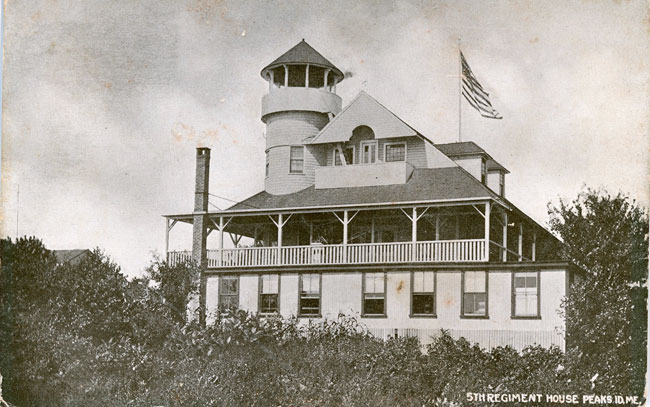
But a diary entry, noting that “George Bicknell was raving around the camp again,” apparently the result of a head injury, is evidence of the trauma.
“We try not to sugar-coat” the war experience, Hurd-Forsyth says of the museum’s presentation.
The museum’s seeds were planted by the veterans themselves.
“They filled these buildings with artifacts,” she says. “They kind of treated it as a museum from the beginning.”
The artifacts are varied and evocative. There is a piece of hardtack, a food staple for soldiers; relics from the battle at Gettysburg; hand-colored “lantern slides,” which were projected onto screens; and shackles that had been used on a slave. This last is especially significant, given the historical context. Hurd-Forsyth explains that the reunion center was built at the beginning of the “Lost Cause” mythology, a rewriting of the war’s central issue.
When the men of the Fifth Maine built their reunion center, the war had been over for 23 years, and so they were established in their careers. Some had become very successful, and they contributed more to the project.
The Fifth Maine Museum’s mission, Hurd-Forsyth says, is to remember and honor the regiment’s lives, during and after the war; tell the history of Peaks Island; and to provide a community gathering place.
The Peaks portion of the museum hosts an exhibit divided into themes: Keeping Warm, Keeping Busy, and Winter on Peaks Island.
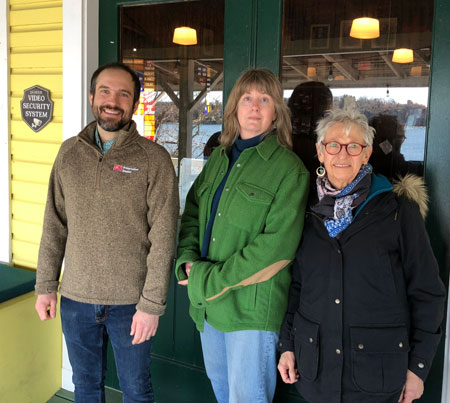
The last veteran died in 1939, and the final reunion, with family members, was held in 1941. The building began to deteriorate and selling it was considered, but finally, it was decided to preserve it, in part as a community center.
“It’s a survivor,” Hurd-Forsyth says of the building, while Banquer notes that some three-quarters of the nonprofit’s budget is maintenance.
“We’ve really professionalized the museum,” Banquer says. “I want to get people into the building and have them understand what we have. It’s time to put the museum on the map.”
The museum is open on Friday, Saturday, Sunday, and holidays during the spring and fall (May 23-June 30, Sept. 1-Oct. 9) and daily from 10 a.m. to 3 p.m. from July 1 to Aug. 31. See FifthMaineMuseum.org for more information.
